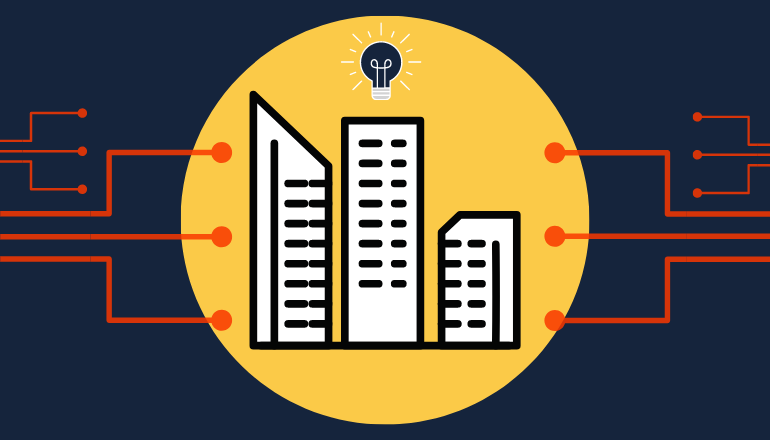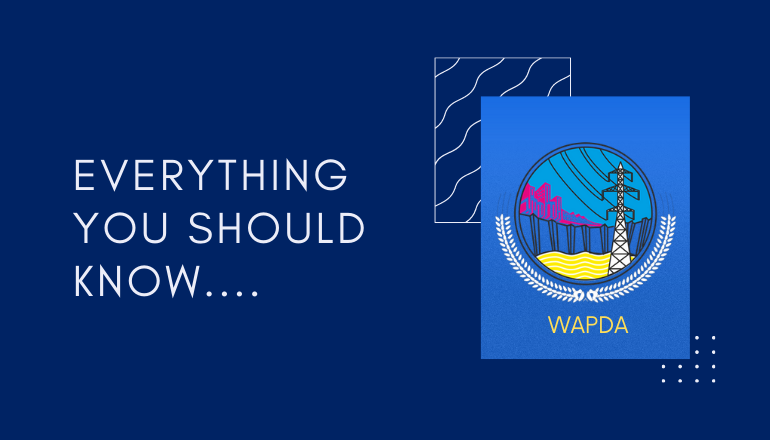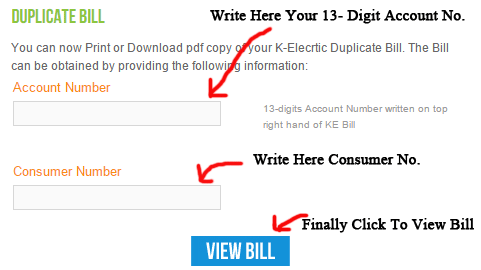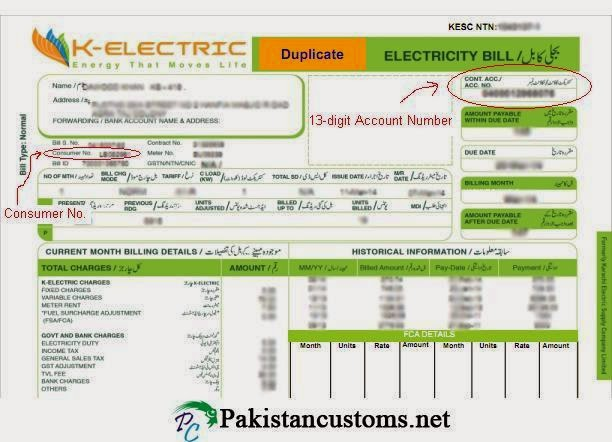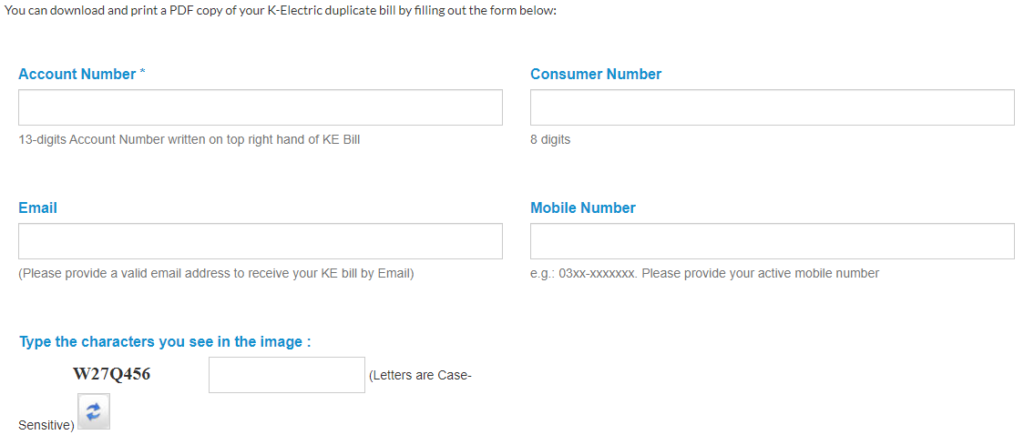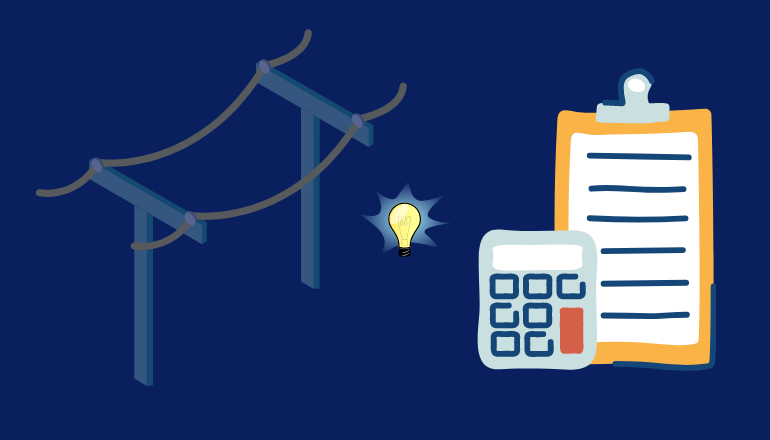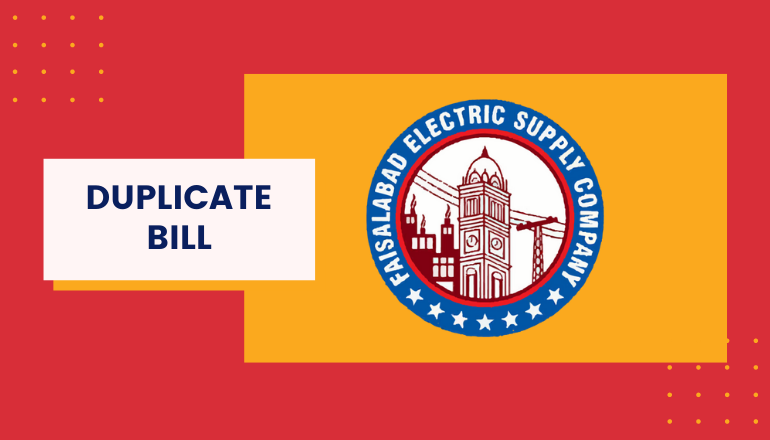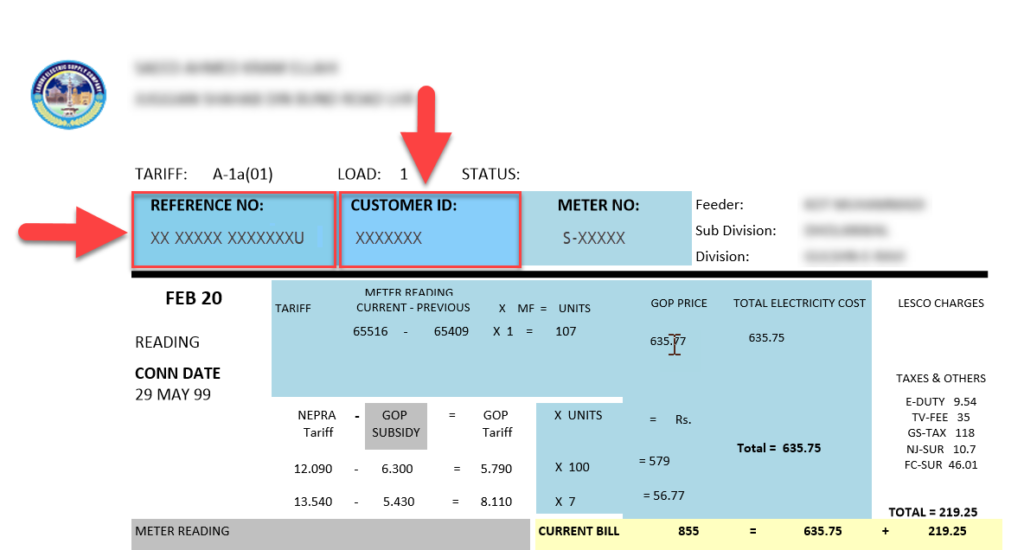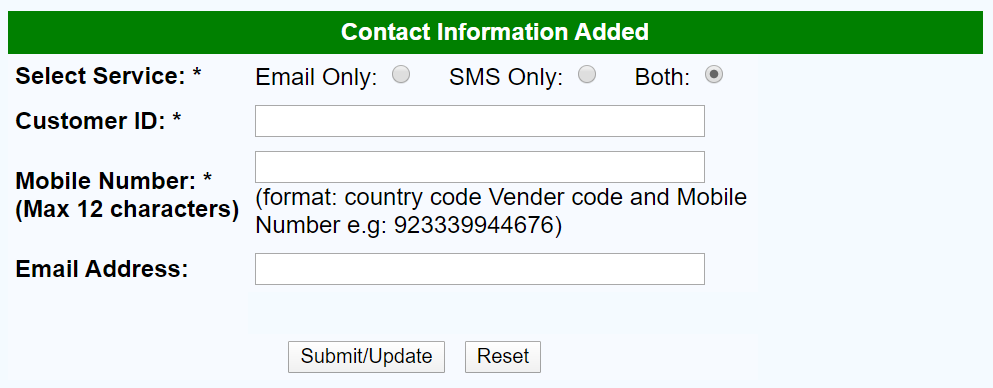Introduction
In today’s world, energy conservation has become a top priority. With growing concerns about environmental sustainability and rising energy costs, it’s essential to make informed decisions about when and how we use electricity. LESCO (Lahore Electric Supply Company) peak hours play a significant role in this equation.
What Are LESCO Peak Hours?
LESCO peak hours refer to specific times during the day when the demand for electricity is at its highest. These hours typically occur during the evening when people return home from work, switch on appliances, and engage in various activities that consume electricity. Understanding when LESCO peak hours occur is vital because electricity rates can be significantly higher during these times.
Why Should You Care About LESCO Peak Hours?
If you’re wondering why LESCO peak hours should matter to you, the answer lies in your electricity bill. During peak hours, the cost per unit of electricity can be substantially higher than during off-peak times. By being aware of and strategically managing your energy usage during these hours, you can potentially save a significant amount of money on your monthly bills.
The Benefits of Utilizing LESCO Peak Hours
- Cost Savings: As mentioned earlier, using electricity during off-peak hours can result in cost savings on your utility bills.
- Reduced Environmental Impact: By reducing energy consumption during peak hours, you contribute to lower greenhouse gas emissions and promote a more sustainable environment.
- Improved Grid Stability: Lowering demand during peak hours can help prevent overloading the electrical grid, reducing the chances of blackouts or power outages.
How to Identify LESCO Peak Hours
Identifying LESCO peak hours requires some research and observation. Typically, peak hours in Lahore occur between 5:00 PM and 11:00 PM. However, it’s essential to check with LESCO or your local utility provider for precise information as peak hours may vary by location.
Tips for Optimizing Energy Usage During Peak Hours
- Schedule High-Energy Tasks: Plan activities that consume the most electricity, such as laundry and cooking, during off-peak hours.
- Invest in Energy-Efficient Appliances: Upgrading to energy-efficient appliances can significantly reduce your energy consumption during all hours.
- Smart Home Solutions: Consider implementing smart home technologies that allow you to control and monitor your energy usage remotely.
Investing in Energy-Efficient Appliances
When it comes to managing energy usage during LESCO peak hours, your choice of appliances can make a significant difference. Energy-efficient appliances consume less electricity, resulting in lower bills and a reduced environmental footprint.
Smart Home Solutions for Peak Hour Optimization
In the era of technology, smart home solutions have gained popularity for their ability to enhance energy efficiency. With smart thermostats, lighting systems, and energy monitors, you can control and optimize your energy consumption effortlessly.
The Role of Renewable Energy Sources
Embracing renewable energy sources, such as solar panels or wind turbines, can help you generate your electricity and further reduce reliance on the grid during peak hours.
Business Applications of LESCO Peak Hours
Businesses, too, can benefit from understanding and managing LESCO peak hours. By optimizing energy usage, they can reduce operational costs and demonstrate their commitment to sustainability.
Conclusion
In conclusion, LESCO peak hours are a valuable aspect of energy management. By understanding when they occur and implementing strategies to optimize energy usage during these times, you can save money, reduce your environmental impact, and contribute to a more stable electrical grid.
FAQs
Q: What are the typical LESCO peak hours in Lahore?
A: LESCO peak hours in Lahore typically occur between 5:00 PM and 11:00 PM.
Q: How can I identify my specific peak hours?
A: Contact LESCO or your local utility provider for precise information on peak hours in your area.
Q: Are there any government incentives for using renewable energy sources during peak hours?
A: Yes, some government incentives encourage the adoption of renewable energy sources, especially during peak hours.
Q: Can businesses benefit from optimizing energy usage during LESCO peak hours?
A: Absolutely, businesses can reduce operational costs and demonstrate sustainability efforts by managing energy consumption during peak hours.
Q: What safety precautions should I take when managing energy usage during peak hours?
A: Ensure that your electrical systems are well-maintained, and avoid overloading circuits during peak hours to ensure safety.



